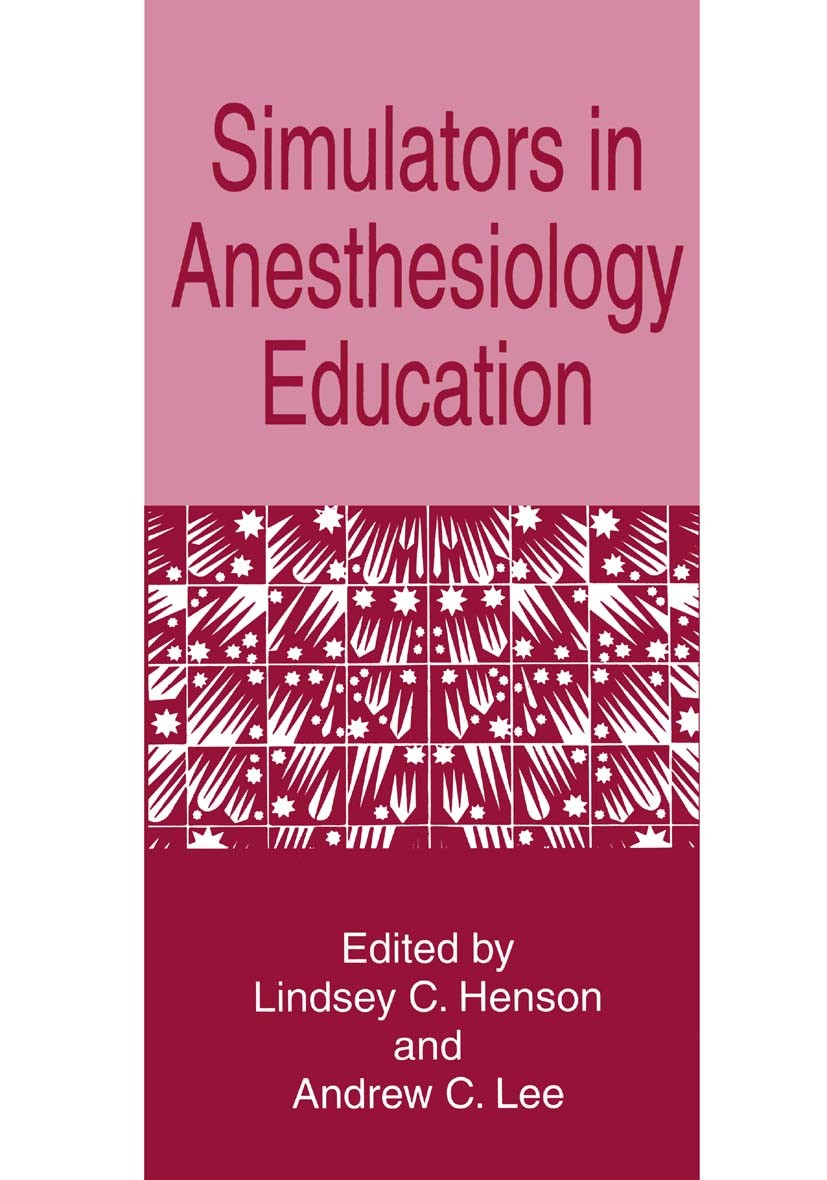| 书目名称 | Simulators in Anesthesiology Education | | 编辑 | Lindsey C. Henson,Andrew C. Lee | | 视频video | http://file.papertrans.cn/868/867733/867733.mp4 | | 图书封面 |  | | 描述 | In the past ten years, full-scale simulation training has become dramatically more evident in undergraduate and graduate medical education. This increase has been due pri marily to two factors: the development of new computer-driven technology and an interest in simulation-specific training techniques. Technologically, simulators have evolved from simple anatomical reproductions to full-scale accurate reproductions of anatomy and physiology powered by multiple computers. High-technology simulation centers run by teams of faculty are emerging as integral tools in fulfilling medical centers‘ educational missions. In addition, educational techniques specific to simulation, which have been de veloped and used by other industries for over half a century, are being applied to medical training. Aviation and aerospace have used sophisticated simulation since the 1950s to train pilots and astronauts. Extrapolating these methods for use in the medical world has been a natural course of events, particularly in specialties that require some of the same basic thought processes and interactions required of the pilot or astronaut. It is not surprising, then, that anesthesiology would be the med | | 出版日期 | Book 1998 | | 关键词 | anatomy; anesthesia; anesthesiology; crisis management; development; human factors; language; management; me | | 版次 | 1 | | doi | https://doi.org/10.1007/978-1-4899-0109-5 | | isbn_softcover | 978-1-4899-0111-8 | | isbn_ebook | 978-1-4899-0109-5 | | copyright | Springer Science+Business Media New York 1998 |
The information of publication is updating

|
|
 |Archiver|手机版|小黑屋|
派博传思国际
( 京公网安备110108008328)
GMT+8, 2025-11-12 01:18
|Archiver|手机版|小黑屋|
派博传思国际
( 京公网安备110108008328)
GMT+8, 2025-11-12 01:18


